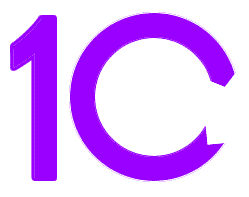Back to basics
Problem

In March we posed the problem:
"The number $3723$ (in base $10$) is written as $123$ in another
base.
What is that base?" ............ The answer to this can be found in
the March problem archive.
We could have written this question as:
Find b where $3723_{10} = 123_{b}$
So, moving on ...................
$123_{20}$ is $1 \times 20^2 + 2 \times 20 + 3 = 443_{10}$
$123_{21}$ is $1 \times 21^2 + 2 \times 21 + 3 = 486_{10}$
$123_{22}$ is $1 \times 22^2 + 2 \times 22 + 3 = 531_{10}$
$531 - 486 = 45$
$486 - 443 = 43$
Investigate these differences when $123_{b}$ is converted to base $10$ (for different values of $b$).
Try to explain what is happening.Getting Started
Student Solutions
As with solutions I have received recently for several of our problems; many of your solutions to "Back to Basics" were in the form of algebraic justifications. Whilst this offers a good view of the problem it does not entirely illustrate what is happening. At the end of the algebraic solution I have added a commentary to help you think beyond the algebra and back to the context. What is going on here and why?
Partial solutions were recieved from Mary Fortune of Birchwood Community High School; Shu Cao and Andrei Lazanu, whose work is given below. Thanks for your contributions.
$123_{20}$ is $1 \times 20^2 + 2 \times 20 + 3 = 443_{10}$
$123_{21}$ is $1 \times 21^2 + 2 \times 21 + 3 = 486_{10}$
$123_{22}$ is $1 \times 22^2 + 2 \times 22 + 3 = 531_{10}$
$531 - 486 = 45$
$ 486 - 443 = 43$
Investigate these differences when $123_{b}$ is converted to base $10$ (for different values of $b$).
Try to explain what is happening.$123$ in base $b$ can be written as $b^2+2b+3=c$
$123$ in base $b+1$ can be written as $(b+1)^2+2(b+1)+3=d$Commentary
The difference between the terms is a linear one of the form $2$ times the base plus $3$.
Is this because the tens digit of the original number is a $2$ and the units digit is a three?
In other words, if the original number had been $142$ would the difference be a linear one of the form $4b + 2$?
Following from this - what would happen if the 100's digit had not been a $1$?
